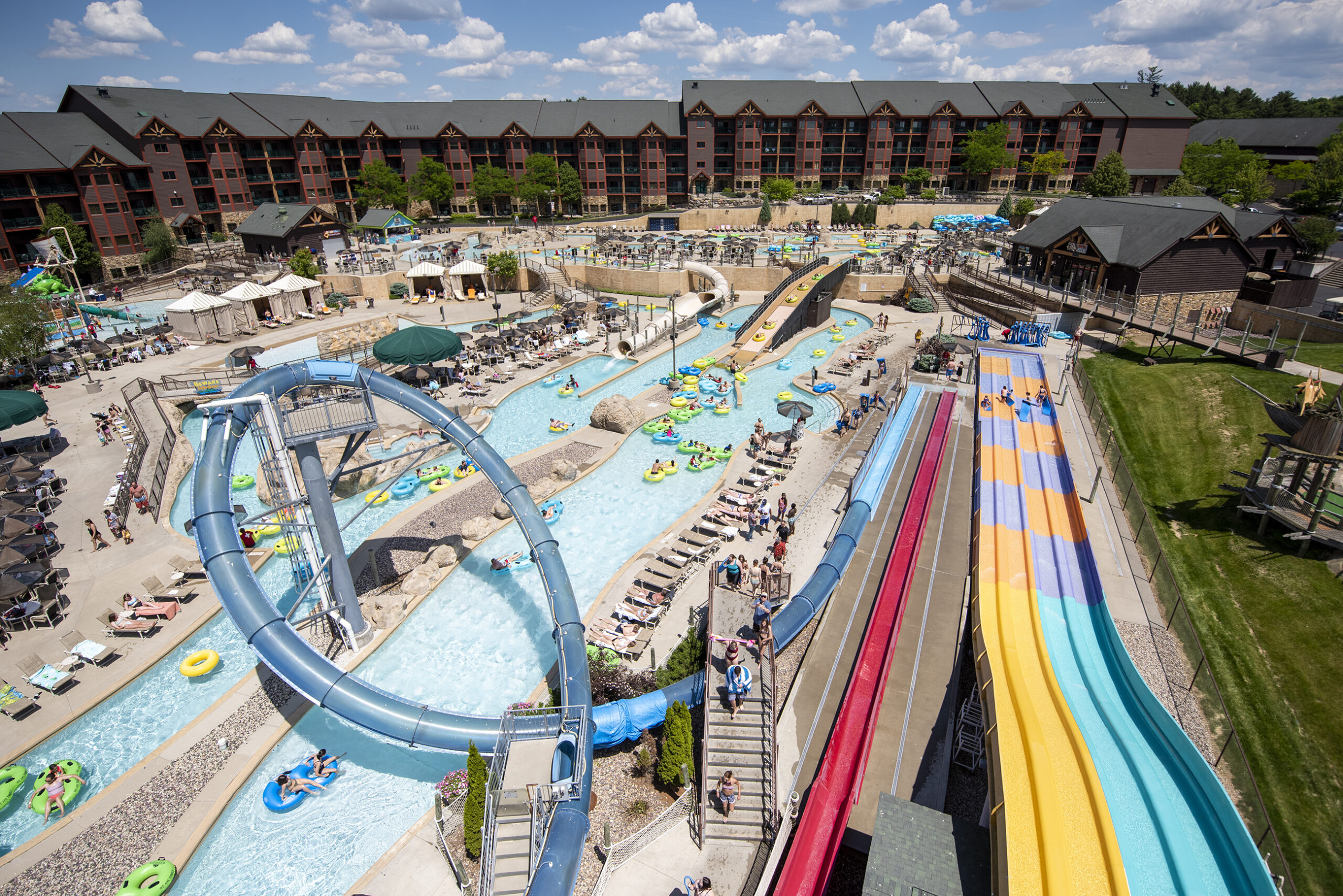Wisconsin Dells is a city unlike any other in Wisconsin.
Driving around you can see a replica Greek coliseum with a hotel inside it, a tourist attraction built to look like an upside White House and the famous waterslides that twist and turn to create a uniquely Wisconsin Dells skyline.
It’s a place Wisconsinites and countless others have gone to spend summers and weekend getaways. But how did it become the quirky and beloved tourist destination it is today?
News with a little more humanity
WPR’s “Wisconsin Today” newsletter keeps you connected to the state you love without feeling overwhelmed. No paywall. No agenda. No corporate filter.
That’s the question Alexie Poncedeleon asked Wisconsin Public Radio’s WHYsconsin. On a recent segment of WPR’s “Central Time,” we took a closer look at the history of the Dells, and its transformation into a place known as “the waterpark capital of the world.”
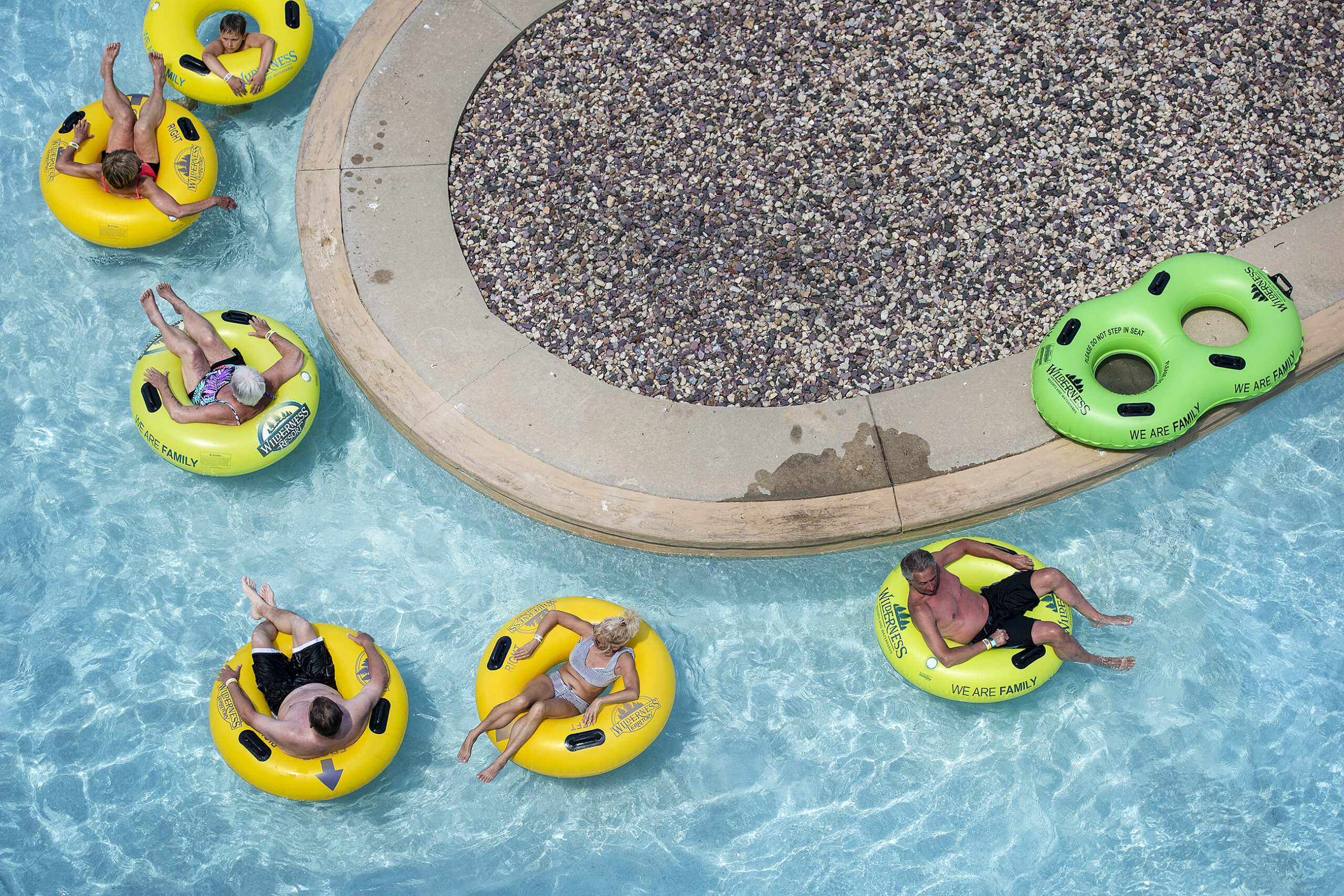
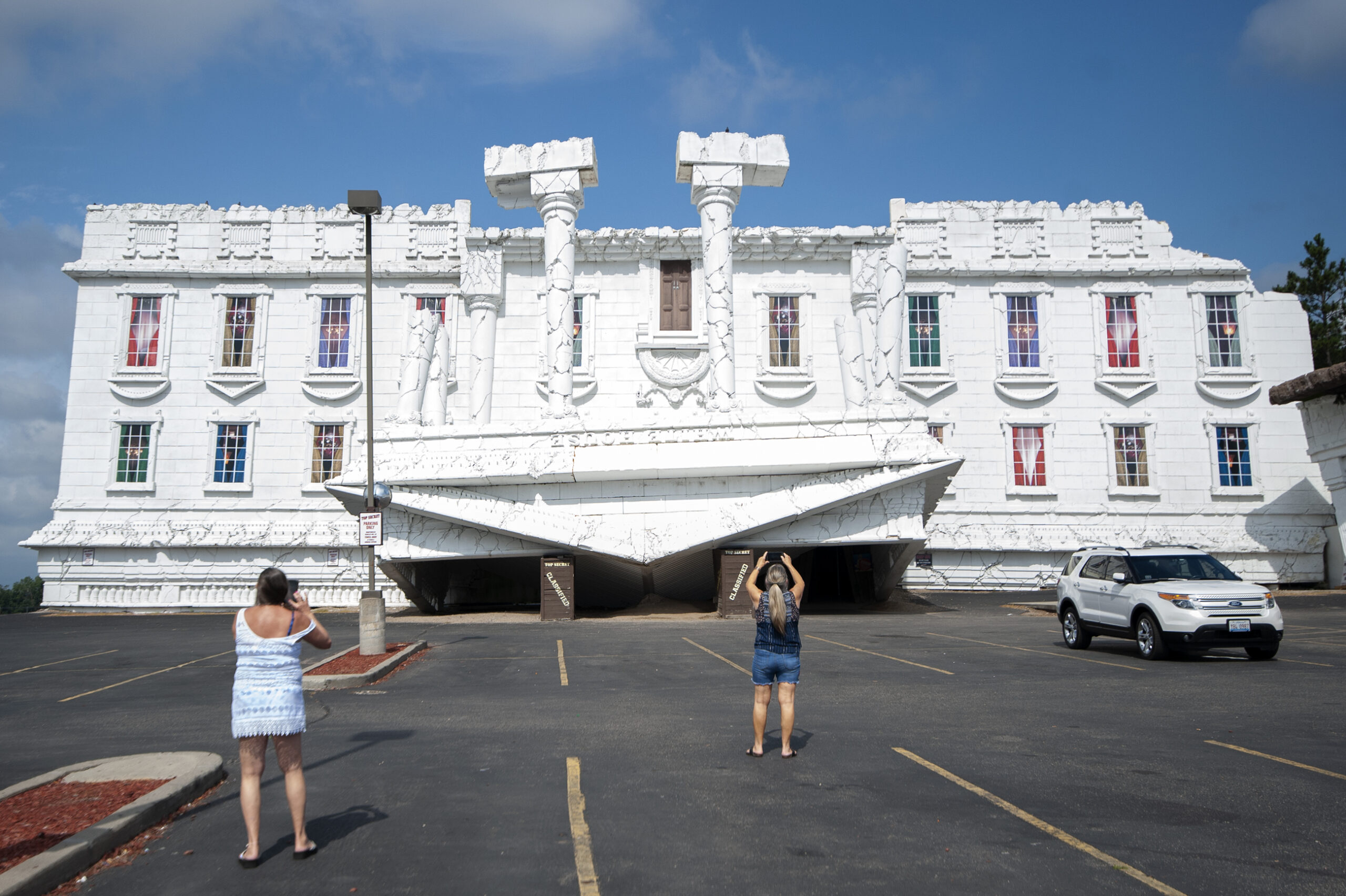
Ho-Chunk Nation’s history in the Dells
Members of the Ho-Chunk Nation have lived in and around the Wisconsin Dells for centuries, according to Dave Rambow, a local historian and site manager of the H.H. Bennett Studio and Museum, a historical site in the Dells.
“Their stories tell of the forming of the Dells by a serpent cutting through the land to create the river, its channels, fish, and wildlife,” Rambow said in an email.
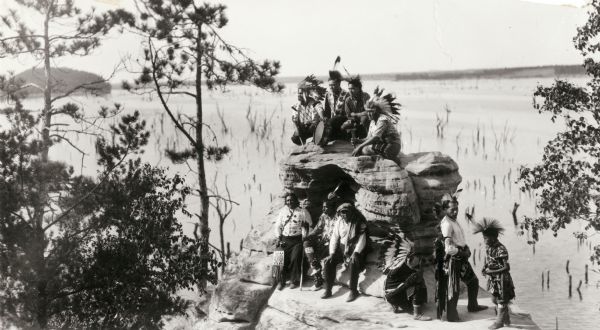
The Ho-Chunk’s Native land extends from Michigan to Illinois. But at four points between 1844 and 1873, the United States government tried to forcefully remove all Indigenous people, including the Ho-Chunk, attempting to push them to locations further west.
“After each removal, the Ho-Chunk people would return to their homeland on foot,” Rambow said in an email.
Ho-Chunk Chief Yellow Thunder and his band were forced to leave the area in 1840, according to the Sauk County Historical Society. Chief Yellow Thunder returned to the Wisconsin Dells region twice, but both times was detained and forced to leave.
Then in 1849, trying a new strategy, Chief Yellow Thunder successfully purchased a 40-acre homestead near the Wisconsin Dells. That land served as a gathering place for Ho-Chunk members to return to and assured “the Ho-Chunk connection to their ancestral lands of today,” Rambow said.
A name change from Kilbourn City
When it was founded in the late 1850s, Wisconsin Dells was originally named Kilbourn City.
“The man who founded the city and is responsible for putting it here was a man named Byron Kilbourn,” Rambow said, adding that Kilbourn was a railroad mogul. “He was not a modest man, so he founded this city in 1857 and named it after himself.”
At the time, Kilbourn City was a small logging and timber community.
The city’s name was changed to the Wisconsin Dells in 1931 to make it easier for tourists who had already started to flock to the region to find, Rambow said.
The rise of tourism in the Dells
The transition toward tourism started when a logger and river pilot named Leroy Gates had what Rambow called an “Aha! moment.”
Gates got his start in 1849 working on a lumber raft, guiding logs through the Wisconsin River from northern Wisconsin through the Dells on their way to other states to be sold.
“He began to make show of his skills,” Rambow said. “He had a top hat and a coat.”
In 1857, Gates turned his knowledge of Wisconsin Dells waterways into a rowboat tour business, Rambow said, supplying the few customers he could fit in his boat with “fanciful stories” along the way.
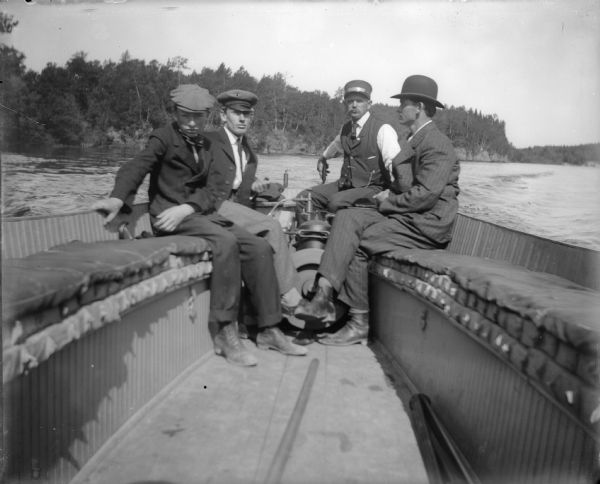
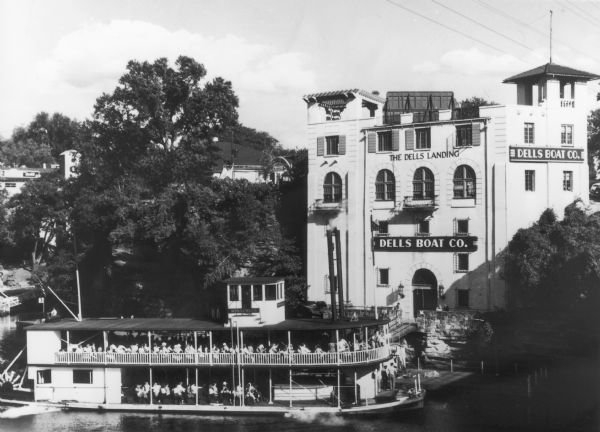
The popularity of rowboat tours grew so much that by the 1870s tours were being offered daily by several different tour boat companies; and in 1871, the first steamboat tour came to the Dells.
One of the big draws for tourists was the natural beauty of the Dells’ riverbanks with their rock formations.
“We have this incredible, other-worldly looking riverbanks,” Rambow said, referencing the khaki-colored sandstone rocks and bluffs found with striations across the Dells waterways.
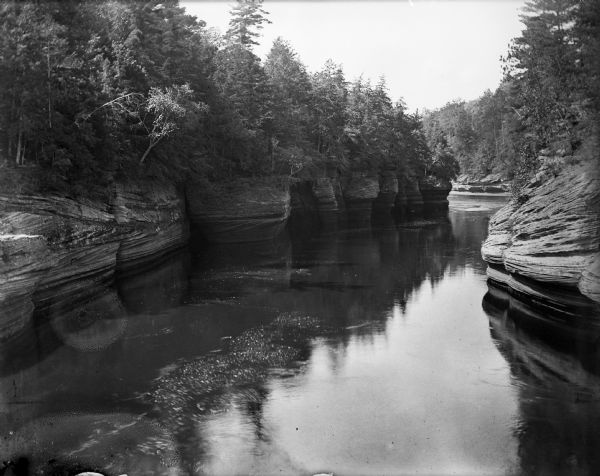
Tourism in the region grew even further with the help of Henry Hamilton (H.H.) Bennett, a former carpenter in the Dells, who returned to the city in the 1850s after badly injuring his hand in the U.S. Civil War.
“He came back without a job, didn’t know what he was going to do, and then he ran into our friend Leroy Gates,” Rambow said.
Bennett rented a small photography business from Gates, and started taking portraits and landscape photos of Wisconsin Dells. Bennett put prints of his photos on passenger train cars, and gave sets to libraries, spreading word about the Dells across the country.
The making of the ‘waterpark capital of the world’
The first waterslide in Wisconsin Dells opened during the 1970s, said Rhonda Parchem, director of marketing and communications at the Wisconsin Dells Visitor and Convention Bureau.
But, Parchem said, the real innovation happened when Polynesian Water Park Resort decided to put a roof over its facility in 1989, giving the Dells its first indoor waterpark.
“The fact that we could offer an option to swim, splash, slide down waterslides all year long in Wisconsin was a real game changer,” Parchem said. “As more and more waterparks were developed, that really gave us a point of differentiation to other Midwest destinations.”
When it comes to the title of “waterpark capital of the world,” Parchem points to a few bragging rights, claiming:
- More than 200 waterslides and 16 million gallons of water power some of the Dells’ most beloved attractions.
- Noah’s Ark is America’s largest outdoor waterpark, sprawling 70 acres with numerous waterslides, including one that loops, a lazy river and a log flume ride.
- Wilderness Resort is America’s largest indoor-outdoor combination waterpark, featuring a 180-foot-long body slide, bumper boats, a wave pool, spa and golf course.
- Kalahari Resort is Wisconsin’s largest indoor waterpark, with a 250-foot-long slide, a wave simulator for indoor bodyboarding and surfing, and lessons to teach you how to swim like a shark or a mermaid.
“Today we still have more waterparks here of every size per capita than anywhere else on the planet,” Parchem said.
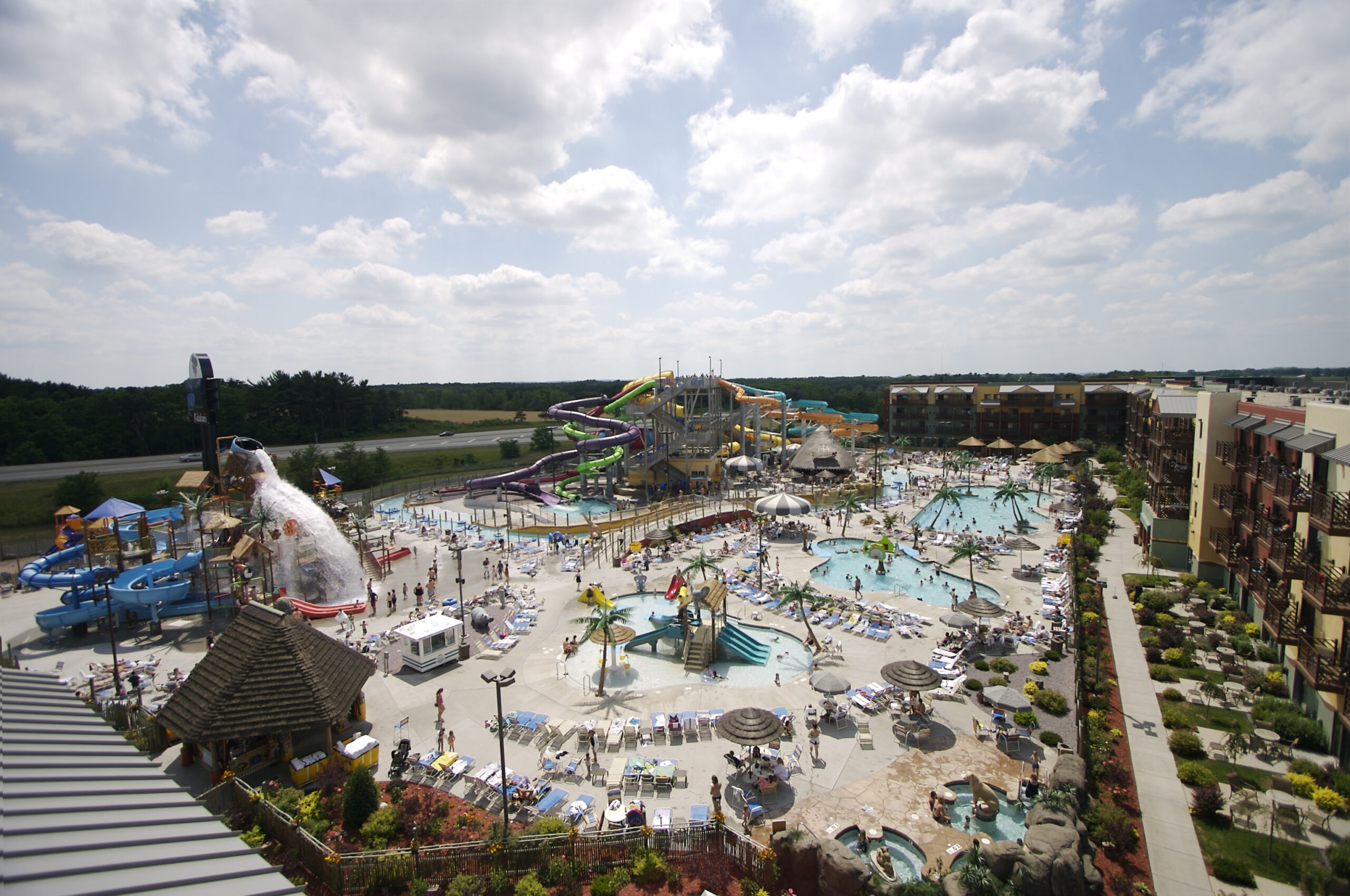
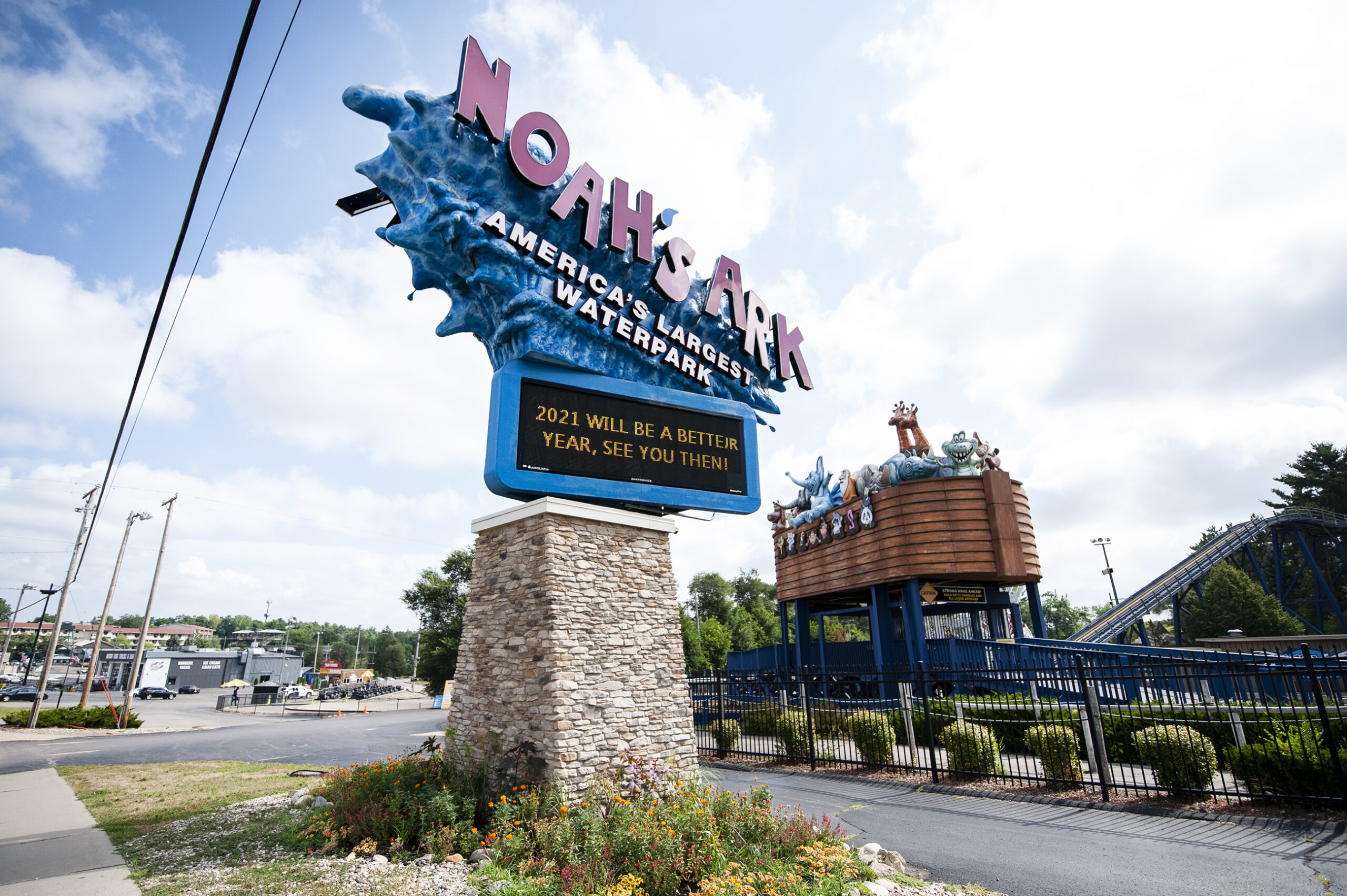
About 4 million people visit the Dells annually, according to the Wisconsin Dells Visitor and Convention Bureau. The group estimates those visitors spent approximately $857 million in 2020, down just over 29 percent from 2019, as the region struggled with a drop in tourism related the pandemic. The bulk of that spending is on lodging, followed closely by food and beverages. According to the group, tourism supports more than 12,600 jobs, and results in about $31 million in state taxes and $45 million in local taxes.
Memories of the Dells
Rob Cunningham, a band teacher who now lives in Madison, grew up in Wisconsin Dells. Cunningham said his family owned a small 10-room motel in town, and in the 1970s two pilots came to stay with them, working as helicopter tour pilots for tourist trips in the summer.
“My brother and I used to like to go down and watch those helicopters take off and land, and one day when they were kind of slow, one of the pilots asked us if we wanted to go up for a ride,” Cunningham recalled. “So we did. Which … my parents had no idea that we did that. And I do know they had mentioned we shouldn’t get in cars with people we didn’t know, but I don’t think they ever mentioned a helicopter.”
Cunningham was one of several people who shared their memories of the Dells with WHYsconsin.
Kristen Day, an instructional designer in Hartford, grew up as a seasonal camper going to the Dells with her family every weekend in the warmer months.
“It’s just such a different environment,” Day said. “I know it’s touristy and there’s a lot that goes on, but for me, it’s the nature, it’s the river, it’s the history; all of those things that kind of make it Old Dells.”
Now as an adult, Day camps in the Dells on weekends between April and October with her husband, who works part-time as a racetrack chaplain in the Dells.
Stephanie Elkins of WPR’s “Morning Classics” remembers a trip to the Dells becoming a rite of passage for nieces and nephews that would come to visit.
“The kids would relax, light up, and laugh outdoors on perfect summer nights,” Elkins reminisced.
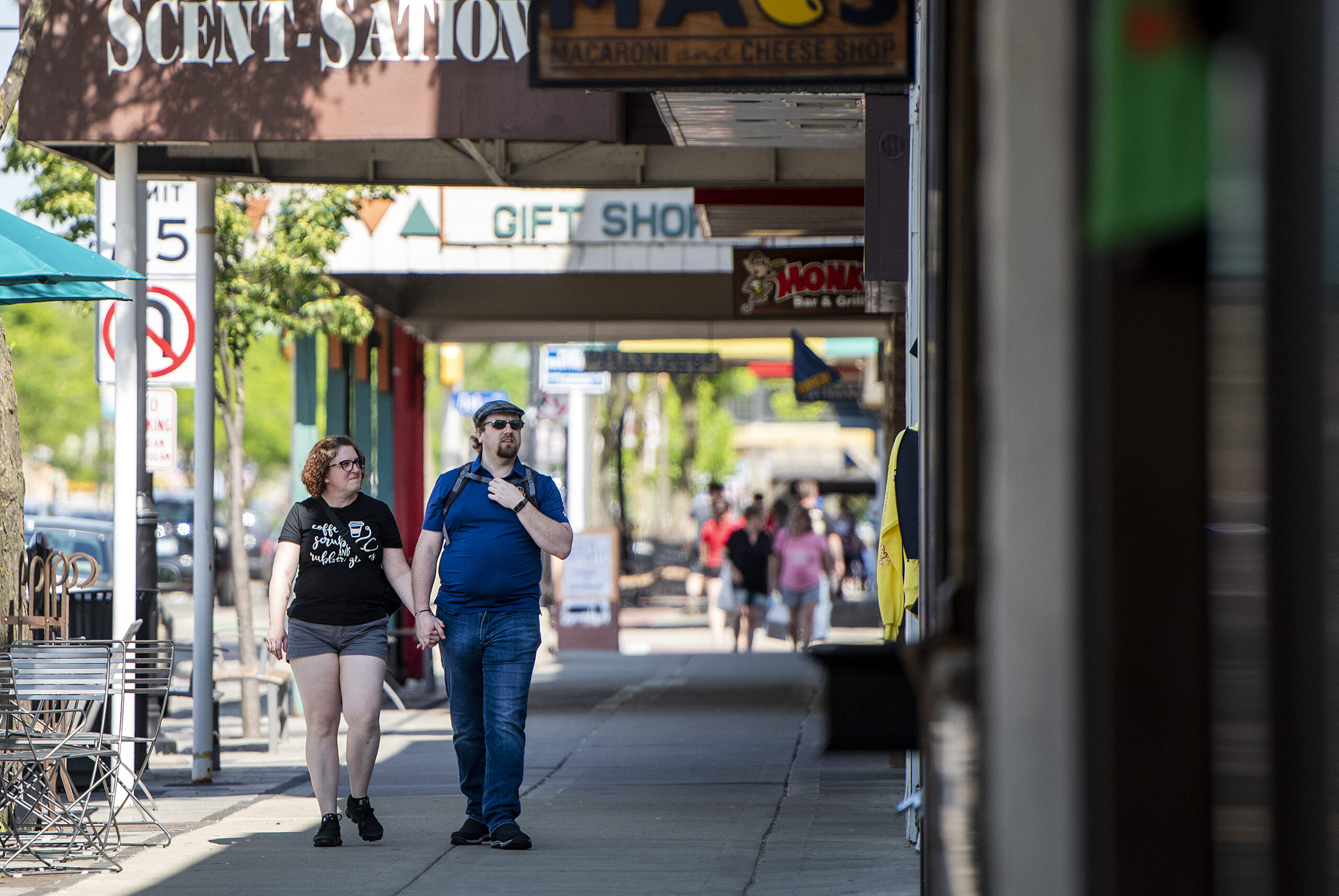
This story was inspired by question shared with WHYsconsin. Submit your question at wpr.org/WHYsconsin and we might answer it.
